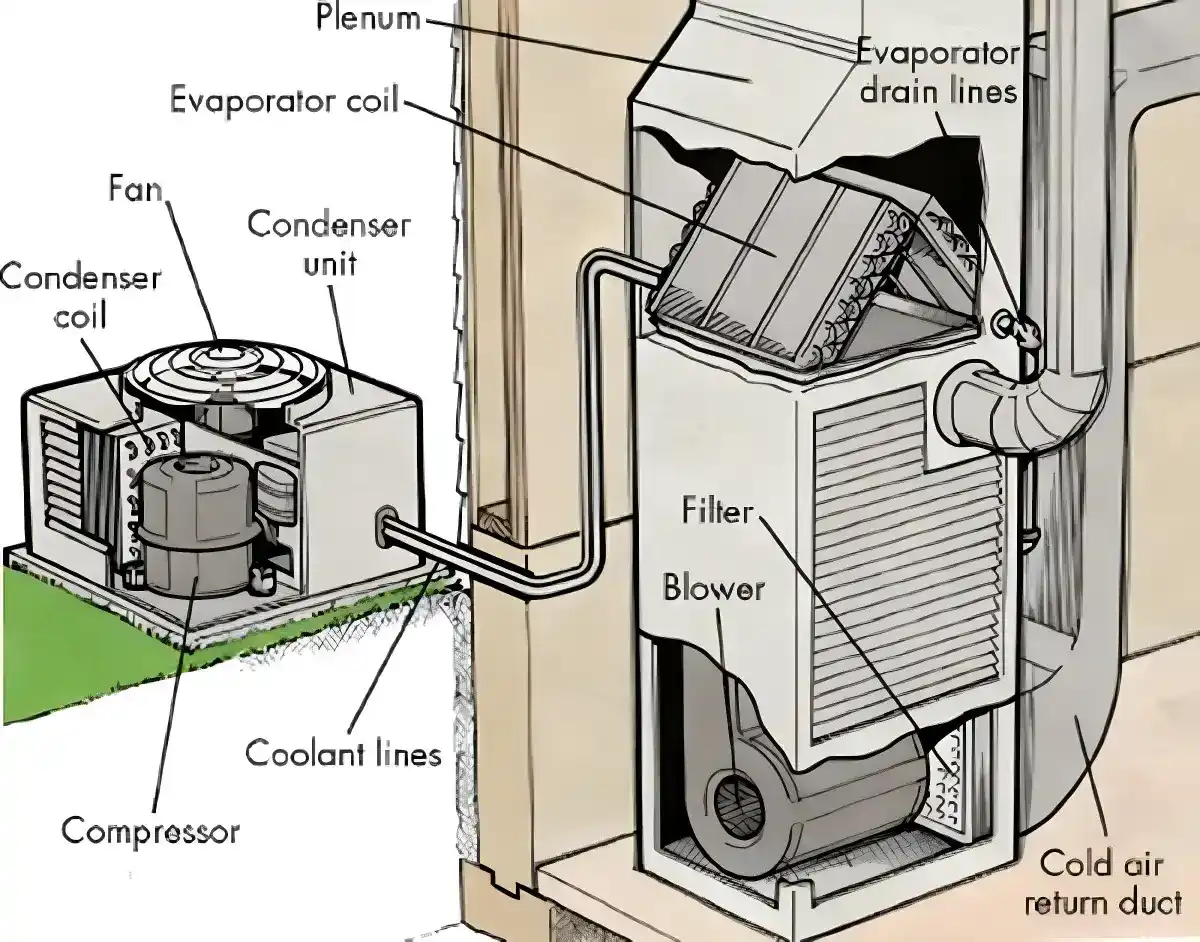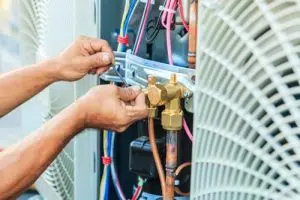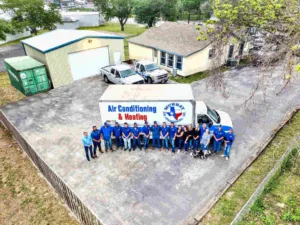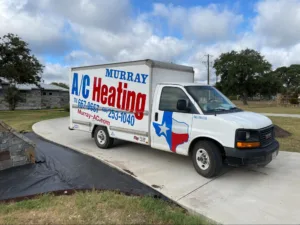An air conditioner operates through interconnected components that transfer heat from indoor to outdoor spaces. The system relies on physics principles, yes you read that right, physics, to convert warm indoor air into refreshing comfort. Your air conditioner runs continuously to maintain your indoor spaces at ideal temperatures.
The Air Conditioning Cycle Explained
1) Heat Absorption Indoors
The cooling process starts at the evaporator coil where the refrigerant changes state. The refrigerant flows into the coil at about 50°F and remains much colder than the surrounding room air. A blower fan moves warm room air across the cold evaporator coil, and the refrigerant absorbs heat from the air. This heat causes the refrigerant to transform from liquid to gas.
| Process Stage | Temperature | State | Location |
| Initial | 50°F | Cold Liquid | Evaporator |
| After Heat Absorption | 65°F | Warm Gas | Compressor Inlet |
| After Compression | 150°F | Hot Gas | Condenser Inlet |
| After Cooling | 100°F | Warm Liquid | Expansion Valve |
2) Compression of Refrigerant
A compressor converts warm gaseous refrigerant into its high-pressure state. This part squeezes refrigerant molecules together like a powerful pump. The refrigerant undergoes intense compression that elevates both its pressure and temperature, which results in a high-pressure gas reaching temperatures of about 150°F.
3) Heat Release Outdoors
The refrigerant travels to the outdoor unit’s condenser coil. Outside air flows across the condenser coil when the fan activates. This process helps the refrigerant release heat it collected from inside. The refrigerant cools and transforms back into its liquid state. Air movement from the outdoor unit’s fan accelerates this heat transfer by maintaining steady airflow across the coil’s surface.
The refrigeration cycle follows these steps
Warm air passes over cold evaporator coils
Refrigerant absorbs heat and becomes gas
Compressor pressurizes the gas
Condenser releases heat outdoors
Expansion valve reduces pressure
Cycle repeats continuously
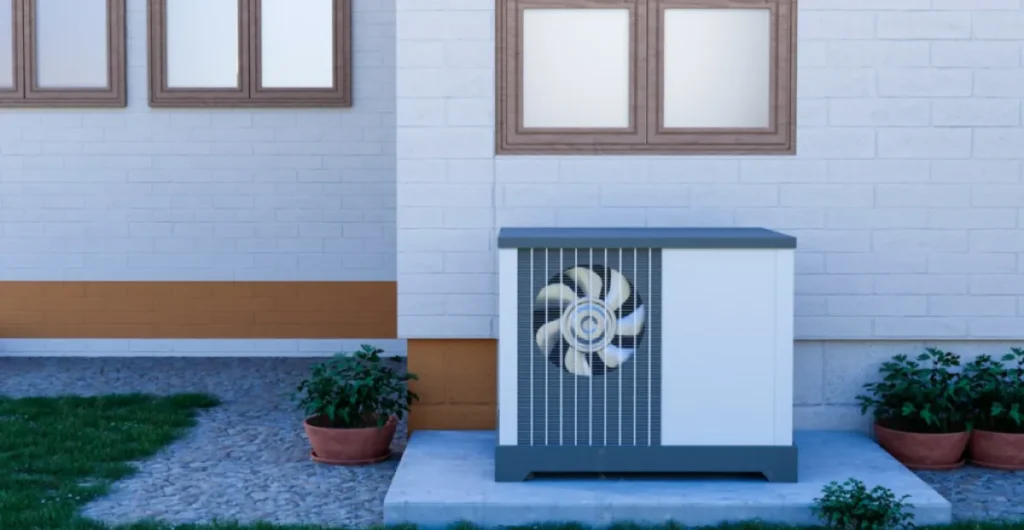
4) Expansion of Refrigerant
The expansion valve manages the final step in the refrigeration cycle. This valve lowers the refrigerant’s pressure and triggers a quick temperature drop. Warm liquid refrigerant flows into the valve and comes out as a cold mixture of liquid and vapor. A pressure reduction lets the refrigerant expand and cool to about 50°F before starting another cycle. The expansion valve ensures the right amount of refrigerant goes into the evaporator coil. Based on the thermostat’s cooling needs, the valve adjusts its opening. These adjustments help the system run at its best.
Key Components of an Air Conditioner

1) Evaporator Coil
2) Blower
The blower circulates air throughout the system with both precision and force. It draws warm air from rooms and directs it over the evaporator coil. The motor adjusts its speed based on cooling requirements. A blower’s variable-speed capability delivers great temperature control and consumes less power than single-speed options.
3) Condenser Coil
4) Compressor
The compressor acts as the heart of the air conditioning system. It pressurizes the refrigerant and increases its temperature to prepare it for heat release. Temperature requirements inside your home determine when the compressor turns on and off. Newer scroll compressors are a great way to get better performance compared to traditional reciprocating designs.
Component Type | Function | Location |
Evaporator Coil | Heat Absorption | Indoor Unit |
Condenser Coil | Heat Release | Outdoor Unit |
Compressor | Refrigerant Pressurization | Outdoor Unit |
5) Fan
The fan system has indoor and outdoor parts working together. Indoor fans push cool air through supply outdoor fans move air over the condenser coil. The system adjusts fan speeds automatically based on your cooling needs. Cool air flows while the outdoor fan keeps the condenser unit from overheating.
6) Filter
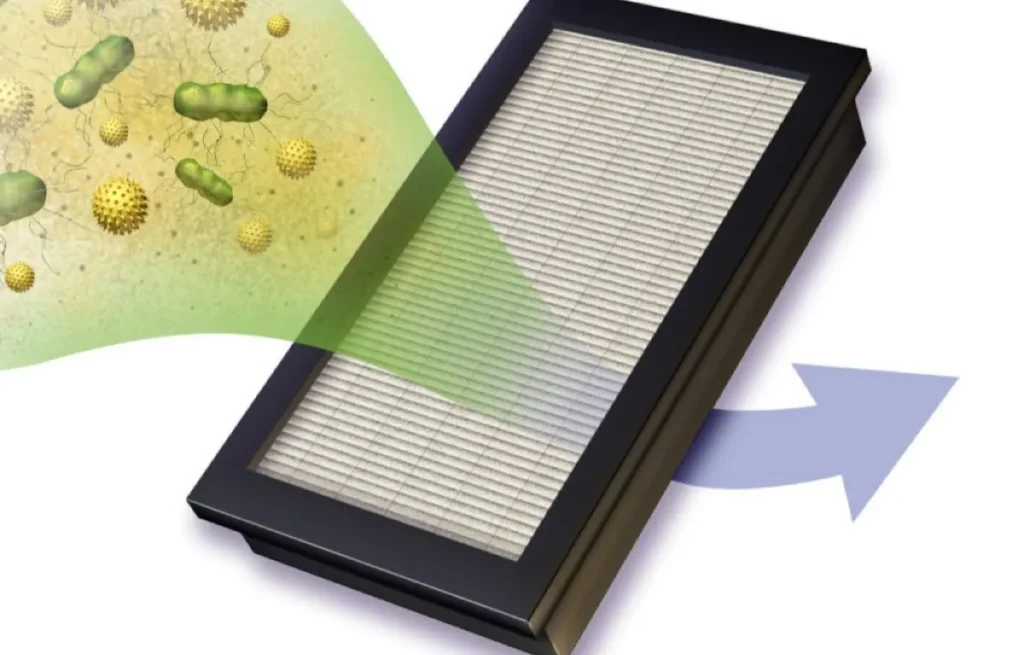
7) Thermostat
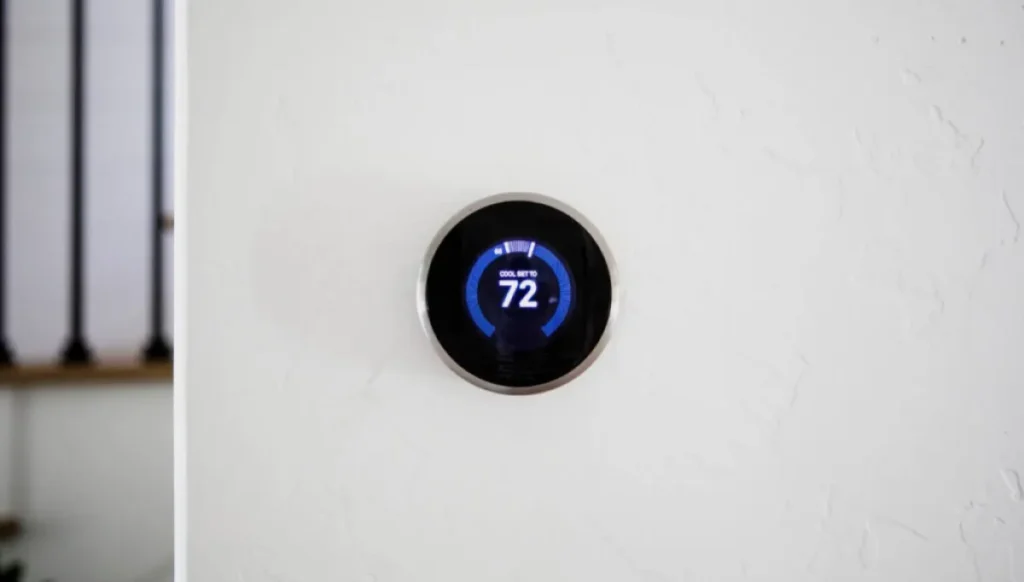
The Basic Principle of Air Conditioning
Heat Transfer Process
| Heat Transfer Type | How It Works in AC Systems |
| Conduction | Direct contact between air and cooling coils |
| Convection | Fan-driven air movement through the system |
| Radiation | Heat absorption through coil surfaces |
Role of Refrigerant
The refrigerant is the important component that makes cooling possible. This chemical compound transitions between liquid and gas states throughout the system and transfers heat during the process. The cooling cycle consists of absorption of indoor heat, compression into high-pressure gas, release of heat outdoors, and expansion back to liquid form.
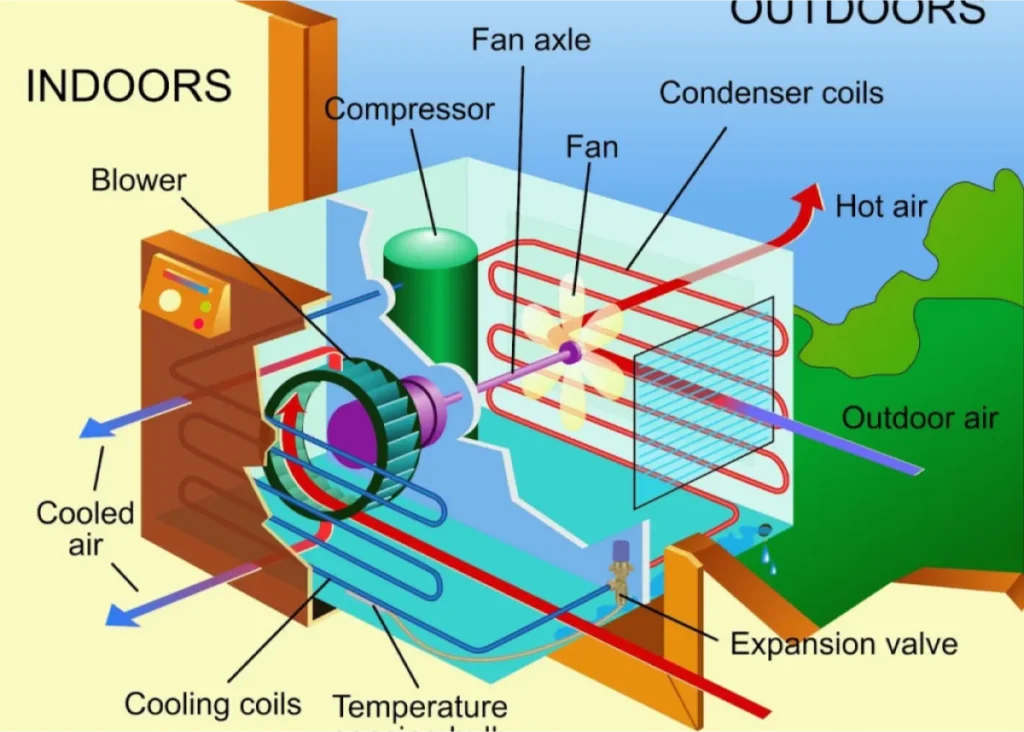
The refrigerant starts as a low-pressure gas at about 50°F. The compressor raises its temperature to approximately 150°F. The refrigerant then flows through the condenser coil, releases heat to the outside air, and transforms back into liquid at around 100°F.
Closed-Loop System
How Does Air Conditioning Work?
Split-System AC
A split-system air conditioner is one of the most popular AC options. Its two main parts are an outdoor unit that contains the compressor and condenser and an indoor unit with the evaporator. The system works by absorbing heat from the air inside, moving it through refrigerant-filled coils, and releasing it outside. Split-systems are good for cooling an entire house because the indoor unit pushes cool air to every room. Since the louder components are outdoors, split-systems are usually quieter and more energy-efficient.
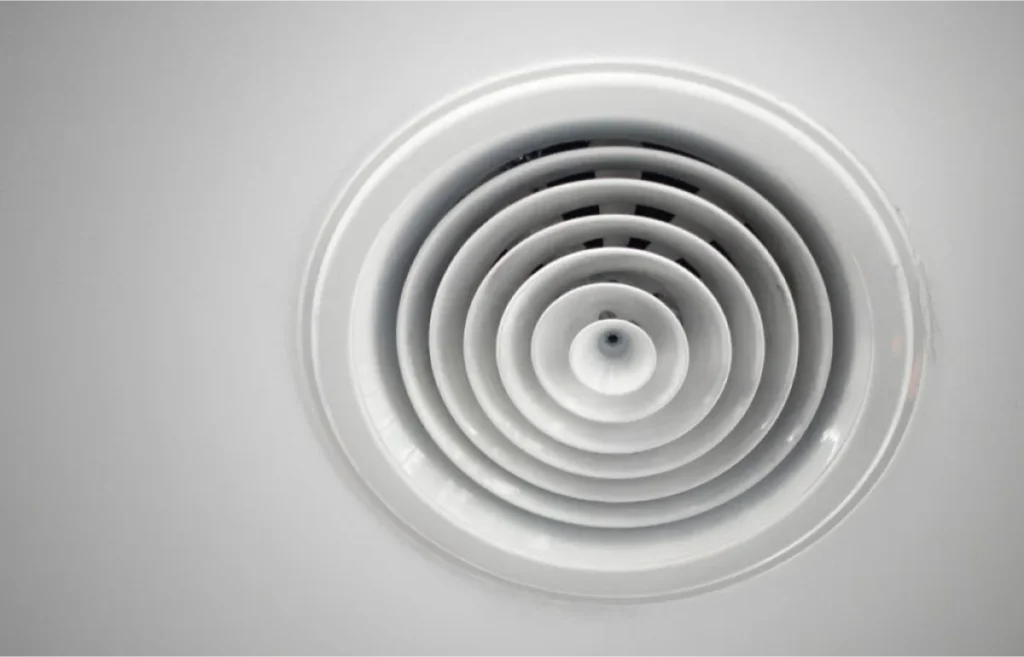
Packaged AC
A packaged air conditioner is different because all parts are combined in one outdoor unit, which can sit on the ground or roof. This single unit houses the evaporator, condenser, and compressor. Packaged systems pull warm air from inside, cool it, and send it back indoors. These systems are a great choice for smaller homes, warmer climates, or buildings with limited space. They’re convenient and take up less room inside since there’s no need for a separate indoor unit.
Ductless AC
A ductless mini-split system doesn’t require any ducts. Instead, it connects one outdoor compressor to one or more indoor air-handling units. Each indoor unit, which mounts directly on a wall, has its own fan and evaporator. This design allows different rooms to be cooled individually and gives you zoned temperature control. Ductless systems are good for energy and work well for homes without existing ductwork. They’re ideal for targeting specific areas or rooms, but larger homes may need several indoor units to achieve full coverage.
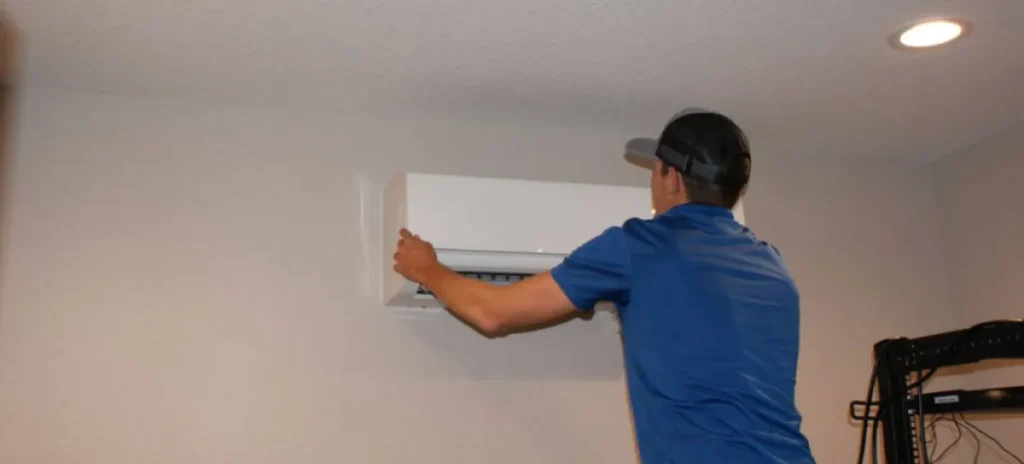
Why Understanding Your AC System Matters
Homeowners who understand how does air conditioning work can help take better care of them or repair them. This knowledge guides individuals toward smarter maintenance and helps their systems run at peak efficiency. When all components work together, you get that cool comfort you feel throughout your home.
Murray AC is a trusted air conditioning service provider with extensive experience in AC installation, maintenance, and repair. Our skilled technicians use proven processes to ensure efficient and reliable cooling solutions for homes and businesses. With a commitment to quality and customer satisfaction, Murray AC offers tailored services to keep your air conditioning systems running year-round. For more information, please visit Murray AC.

